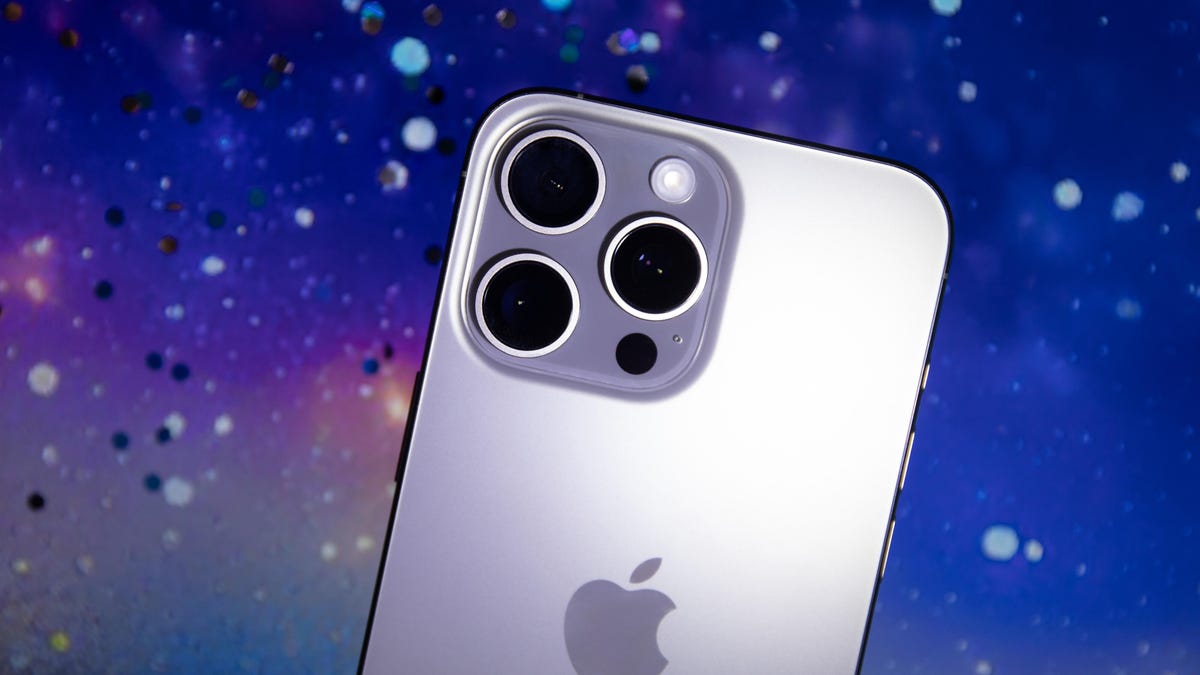
Beyond all the flashy presentations on camera specs and battery capacity, one of the most important questions looming over any new phone unveiling is: How much will it cost? As we approach the anticipated iPhone 16 announcement this fall, that question is being raised and speculated about.
Apple has shared its upcoming Apple Intelligence features arriving on some of its latest devices and also unveiled new capabilities coming with iOS 18 in the fall. As the company’s premium-tier devices become even more sophisticated with the help of AI and, potentially, more high-end materials, iPhone fans are wondering whether those advancements will come with a higher sticker price.
Read more: iPhone 16: What We Know About the Release Date, Leaks and More
Despite upgraded features, the starting price of the baseline iPhone has remained consistent over the last several years. Every baseline model between the iPhone 12 and 15 has been priced at $799 upon its release in the US. The Pro devices have also remained at $999 across that timeline.
A price hike occurred on the high-end iPhone 15 Pro Max last year, which was retailed at $1,199, $100 more than its predecessors. Apple did away with its lowest 128GB storage option, making 256GB the new (pricier) baseline. The 15 Pro Max also touts a periscope lens, which offers 5x zoom that isn’t found even on the smaller 15 Pro.
Watch this: Latest iOS 18 Rumor Roundup: New Designs, AI Tricks
As inflation raises prices for nearly everything else, and rumors suggest new iPhones get pricier parts, it’s uncertain whether Apple can resist bumping up the price tags for its flagship phones. Here’s what we’ve heard.
Components and cameras: iPhone 16 price hike culprits
External factors like higher production costs could potentially push Apple to raise prices on its upcoming lineup. According to Nikkei Asia, the estimated production cost of the iPhone 15 Pro Max was $558, a 12% increase over the 14 Pro Max. The cost of components for other devices in the iPhone 15 lineup also reportedly grew compared to the previous year: the 15 Pro by 8%, the Plus by 10% and the standard by 16%. While Apple hasn’t yet increased retail prices as a result, Nikkei Asia suggests it would need to do so, or “the company’s bottom line will eventually take a hit.”
Rumors about pricier cameras on the iPhone 16 Pro and Pro Max further suggest those devices may carry a higher price tag, too. According to Economic Daily, Apple might use higher-end molded glass lenses to make its phones lighter and thinner and to increase optical zoom distance.
On the one hand, Apple may feel compelled to push those rising costs onto its customers. On the other hand, the higher cost of living is leading many consumers to tighten their purse strings, and Apple may not want to isolate prospective candidates for phone upgrades.
Other rumors have suggested prices could actually drop for the iPhone 16, according to one tipster, because Apple could switch up the way it makes its A17 Bionic chipsets to reduce costs. That reduced manufacturing cost could potentially pass savings down to consumers, but that’s speculation.
AI could also raise the price
It’s possible Apple will tout its upcoming Apple Intelligence capabilities to justify a higher price tag for the iPhone 16 lineup. If you can do more with your phone, like use a smarter version of Siri and tap into AI-powered writing tools, perhaps the company will argue you should pay more, too.
Samsung, for instance, introduced its own suite of AI features called Galaxy AI, and simultaneously bumped up the price of its high-end Galaxy S24 Ultra by $100, bringing the starting price to $1,300. This could also be credited to hardware and other software improvements, but AI was made to be a big selling point for the pricey device.
Google’s Pixel 9 lineup is also packed with Gemini AI capabilities, and while the latest Fold model hasn’t gone up in price, the same can’t be said for the standard Pixel 9, which is $100 pricier than the Pixel 8. The baseline Pixel 9 Pro maintains the same $1,000 price tag as last year’s Pixel 8 Pro, but it’s a smaller device; you’ll need to upgrade to the Pixel 9 Pro XL if you want that bigger screen — and again pay another $100.
All that to say, there are both hardware and software considerations when landing on a price for a phone, and Apple could argue that advancements in both spaces, and especially in AI, justify a higher cost for customers.
What does this all mean for iPhone 16 prices?
It’s possible, given rising production costs and more advanced components, that we’ll see price increases across the upcoming iPhone lineup, although it’s not clear just how much. Apple could also use AI advancements to justify a possible price increase, since you’ll technically be able to do more with your phone.
But given the heated competition with other AI and phone makers like Google and Samsung, it’s also just as plausible to assume prices could remain stagnant to entice more customers, especially amid soaring prices elsewhere.
In the meantime, we’ll keep updating this with any new details in the lead-up to Apple’s anticipated fall unveiling of the iPhone 16.
I Took 600+ Photos With the iPhone 15 Pro and Pro Max. Look at My Favorites
See all photos